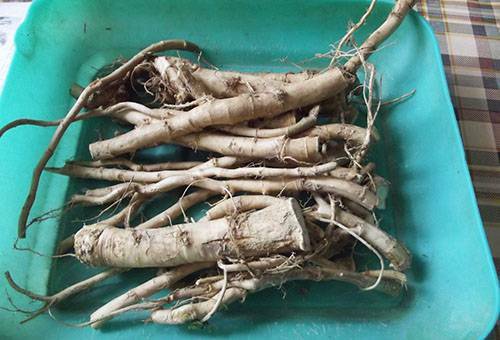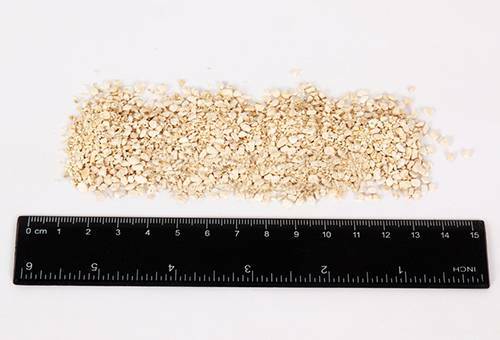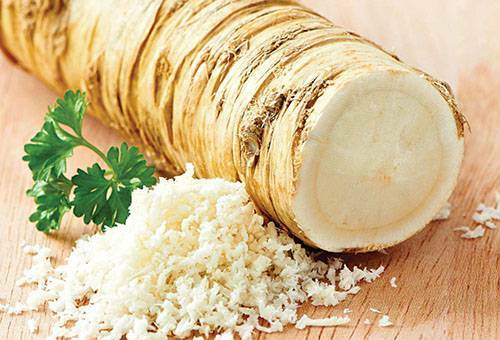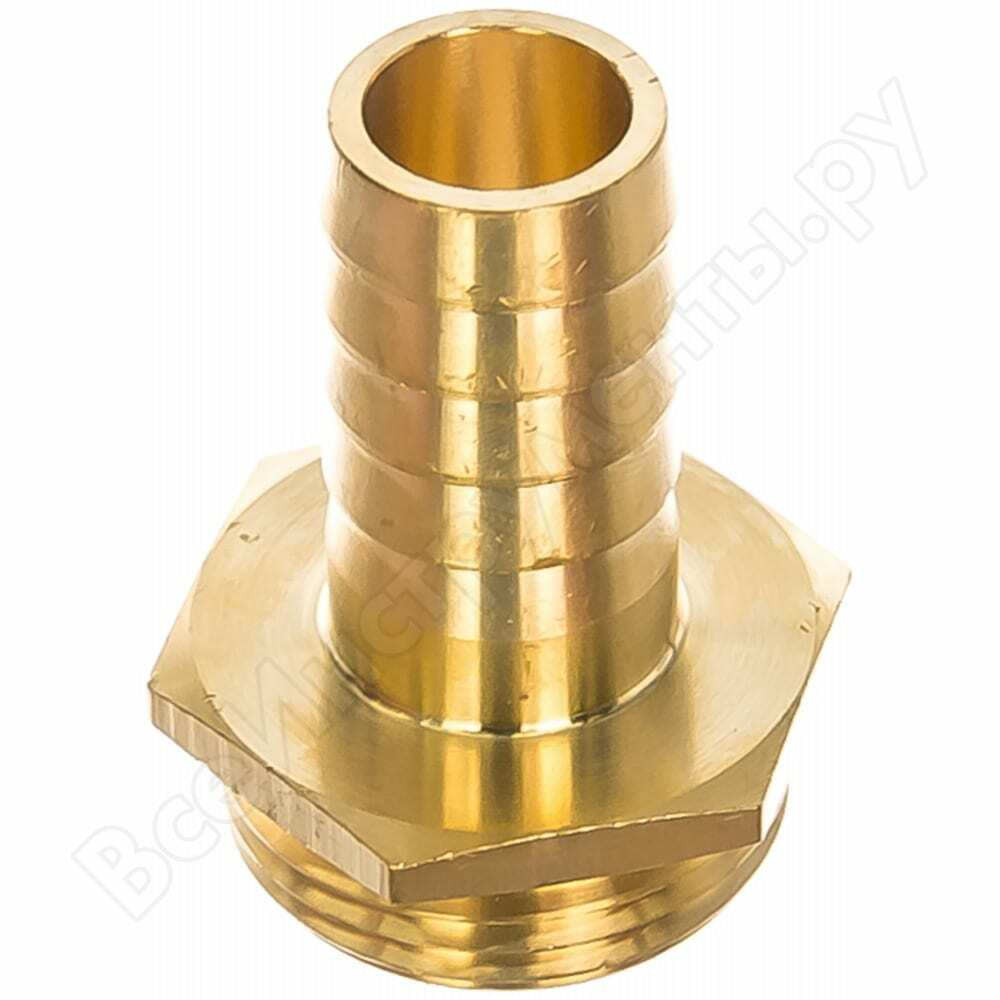Contents:
- How to choose?
- How to prepare for storage?
- Storage in the basement
- Storage in the freezer
- dried horseradish
- storage in the refrigerator
- Grated horseradish
- Overturned horseradish leaves
- How to store horseradish?
Since ancient times this vegetable has been popular and widely used in the kitchen. Even then, the housewives were wondering how to store horseradish all winter, because he could easily diversify the taste of soups and other dishes. And today, root crops and leaves are one of the most popular ingredients for cooking dishes from meat or fish. This is not surprising - they not only give them a twist, but also contribute to an increase in appetite. In addition, horseradish is a source of vitamin C, which is even more in it than in lemon. It is also rich in potassium, calcium, sodium, sulfur, phosphorus, iron and other minerals. The roots have a lot of ascorbic acid, volatile, essential oils mustard, sugar, starch, resinous substances, carbohydrates, fiber, B vitamins and PP, but the fresh leaves contain carotene.
Thanks to this and other useful properties horseradish has found wide application in medicine. It is recommended to use in diseases such as gastritis with low acidity, kidney stone disease, inflammation mochevyvoditelnyh channels, cystitis, as well as gout and rheumatism.
Like many other vegetables, horseradish can retain most of its beneficial properties throughout the winter. But in order to use this vegetable for a long time, it should be understood that the storage of horseradish in the home - a very important job, and it must be approached with great responsibility.

How to choose?
As a rule, horseradish is excavated in the middle of autumn or a little earlier. But even if you do not have your own summer cottage site, at that time suitable vegetables can be selected in the market. For harvesting for winter it is better to use large roots without unnecessary cuts. Thin roots or chopped pieces should not be thrown away - they will also come in handy. For example, to create a seasoning. True, it retains its gustatory qualities only a few weeks, so it is pointless to do billets in large quantities for future use.
How to prepare for storage?
Thoroughly clean fruits from the ground. Then wash them with running water and dry at room temperature. This will bring the vegetables to storage in an optimal state and not overdry them.

Storage in the basement
Option 1.
Thoroughly clean the roots from the ground and let them dry in the fresh air. Then fold them into wooden boxes or boxes, pouring each layer of sand.
Option 2.
Form small beams from root vegetables and hang them to the ceiling.
You can save horseradish for the winter both in the basement and in any other unheated room. For example, in an apartment it can be a balcony. However, in severe frosts, it is better to cover vegetables in addition to protect them from the effects of low temperatures.
Advice
Make sure that the root vegetables in the boxes do not touch. This will avoid rottenness.
Storage in the freezer after cleaning root crops from earth, wash with running water and leave to dry at room temperature. This will bring the vegetables to storage in an optimal state and not overdry. Peel them from the peel( you can simply scrape with a knife) and cut into pieces 3-5 centimeters in size. Then, like any other vegetables or fruits, put the horseradish into plastic bags.
Advice
Do not put all the vegetables in one package - it's best to freeze them in small portions.

Dried horseradish
The disadvantage of this method is the partial loss of useful properties of the vegetable. And you can not cook a spicy seasoning from it. But dried horseradish is perfect for use in various sauces, second courses or soups. In addition, it is convenient to add it to pickles.
Dried and cut into pieces of root crops, spread one layer on a tray or baking tray. Dry them comfortably in the oven( with an open door) or in a fruit dryer. But if there is a superfluous time, you can dry the vegetables in the open air. Then fold them into bags and store them in a place protected from moths.
Advice
Before using dried horseradish, soak it in water for about an hour.
Storage in the refrigerator
To store horseradish for the winter in the fridge, select the small roots. Their length should not exceed 30 centimeters. Peel the selected roots from the ground, and then wrap in food film. After that, make a few holes in it for air circulation.
Board
In the fridge horseradish can be stored for not more than a month. For a longer period it is better to use a freezer.

Grated horseradish
Wash the root vegetables and grate them on a fine grater. Then dilute with vinegar and mix until a homogeneous liquid mass is obtained. Such a mixture is best preserved in glass jars with a tight lid.
Twisted horseradish
Wash root vegetables with a meat grinder. Add the vinegar, beet juice, sugar or salt to taste. Spread the mixture into a jar and place it in the refrigerator. Save horseradish at home in this way can be for 3-5 months.

How to store horseradish leaves?
After you learned how to store horseradish throughout the year, it is worth paying attention to another part of this vegetable - the leaves. They contain many useful substances, due to which this product is used for the preparation of marinades or canning.
To preserve horseradish leaves for winter at home, dry them in an oven or dryer, and then chop and put into a closed container.
Dishes prepared with horseradish have a special taste. In addition, sauces or condiments with it help in overcoming many diseases. To save the roots and leaves of this vegetable for the winter, as well as most of its useful properties at home, you can by these simple methods.
Attention!
It is not recommended to consume horseradish to pregnant women or people with inflammatory processes of internal organs during an exacerbation.


